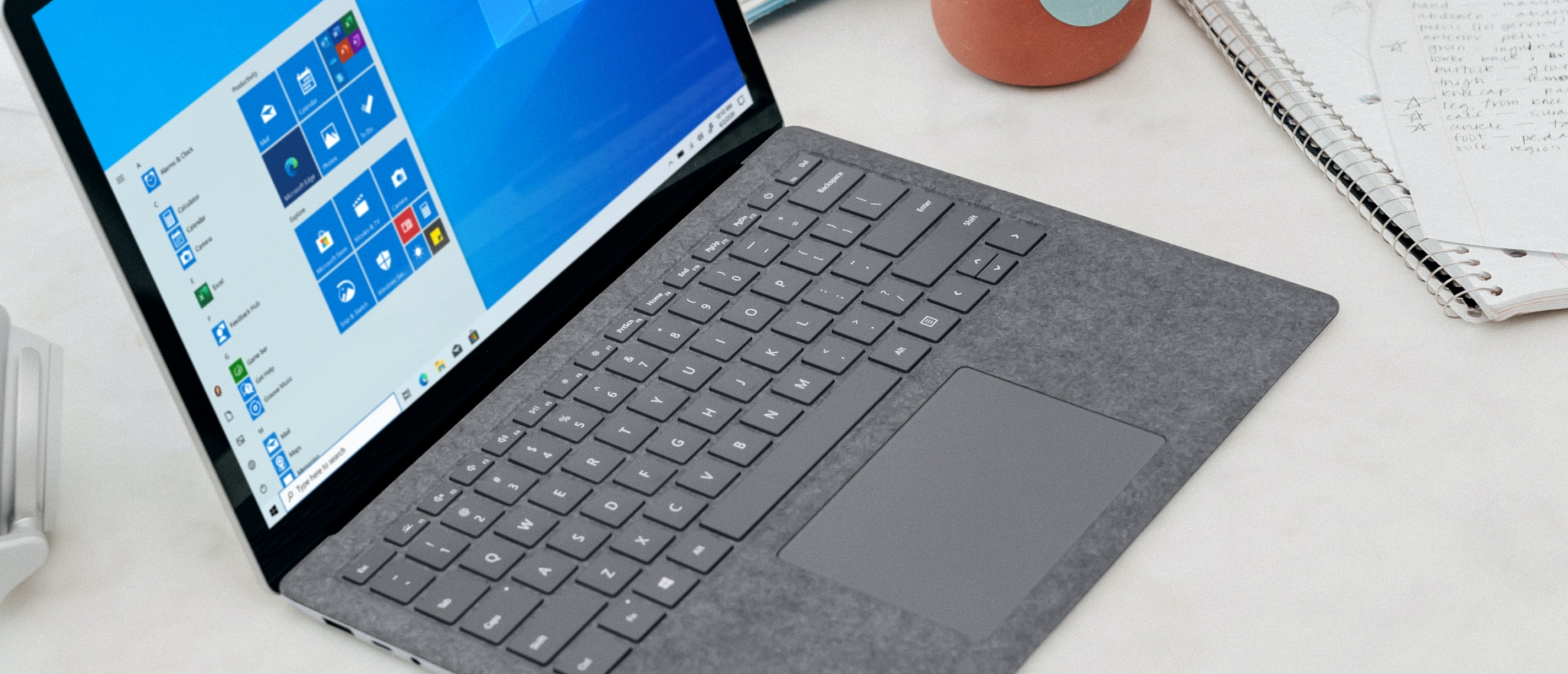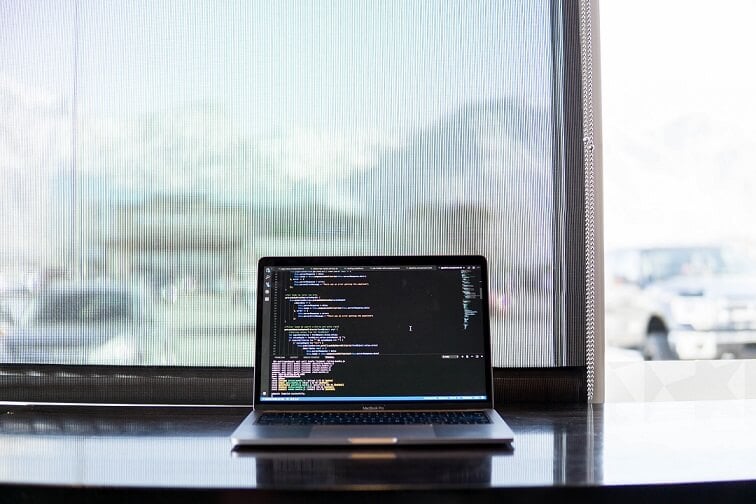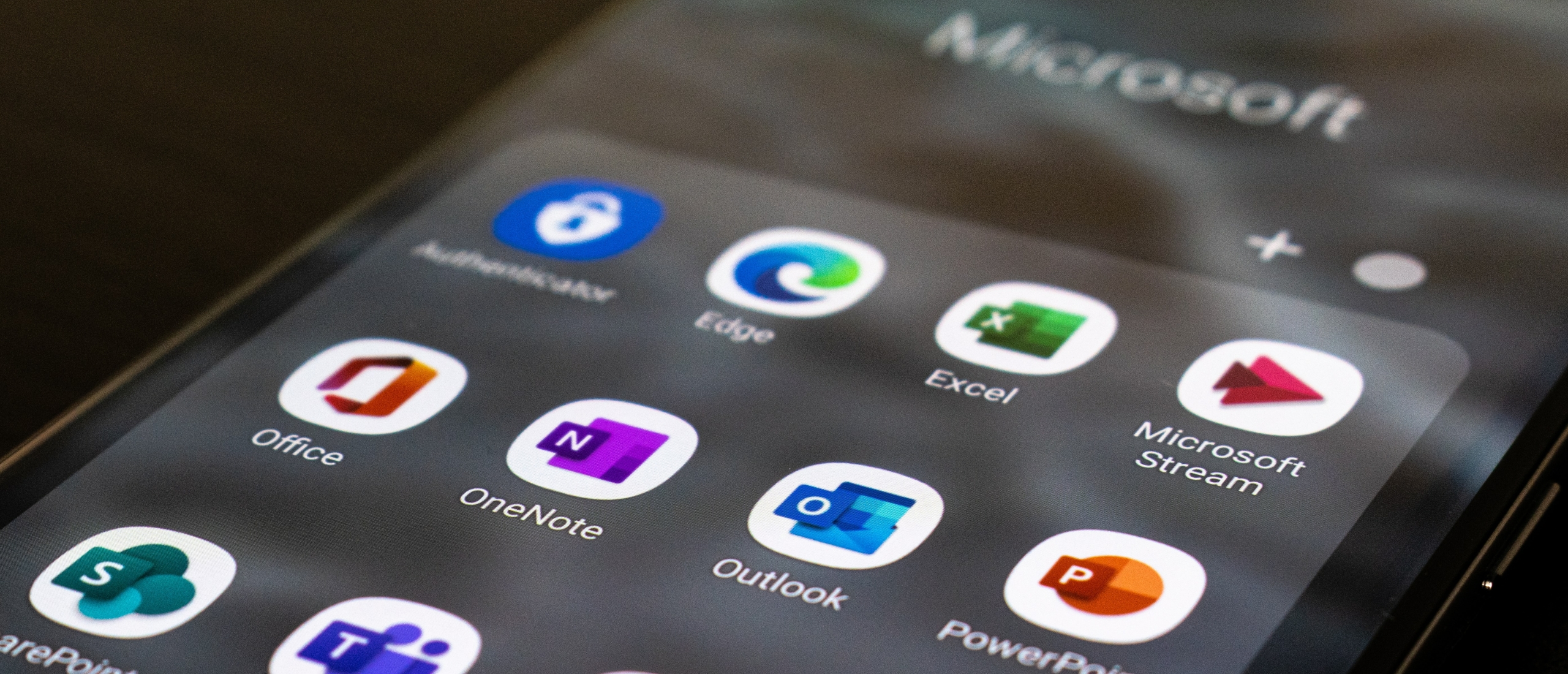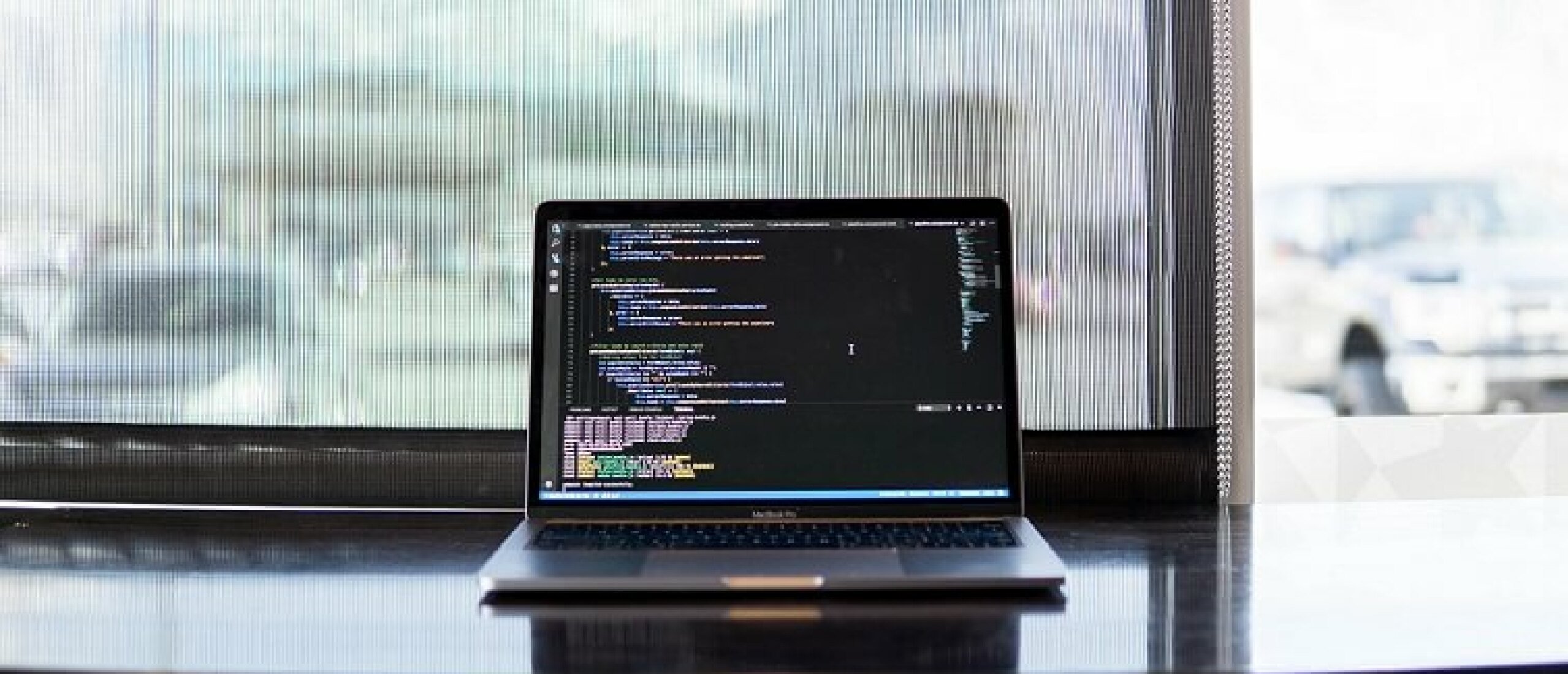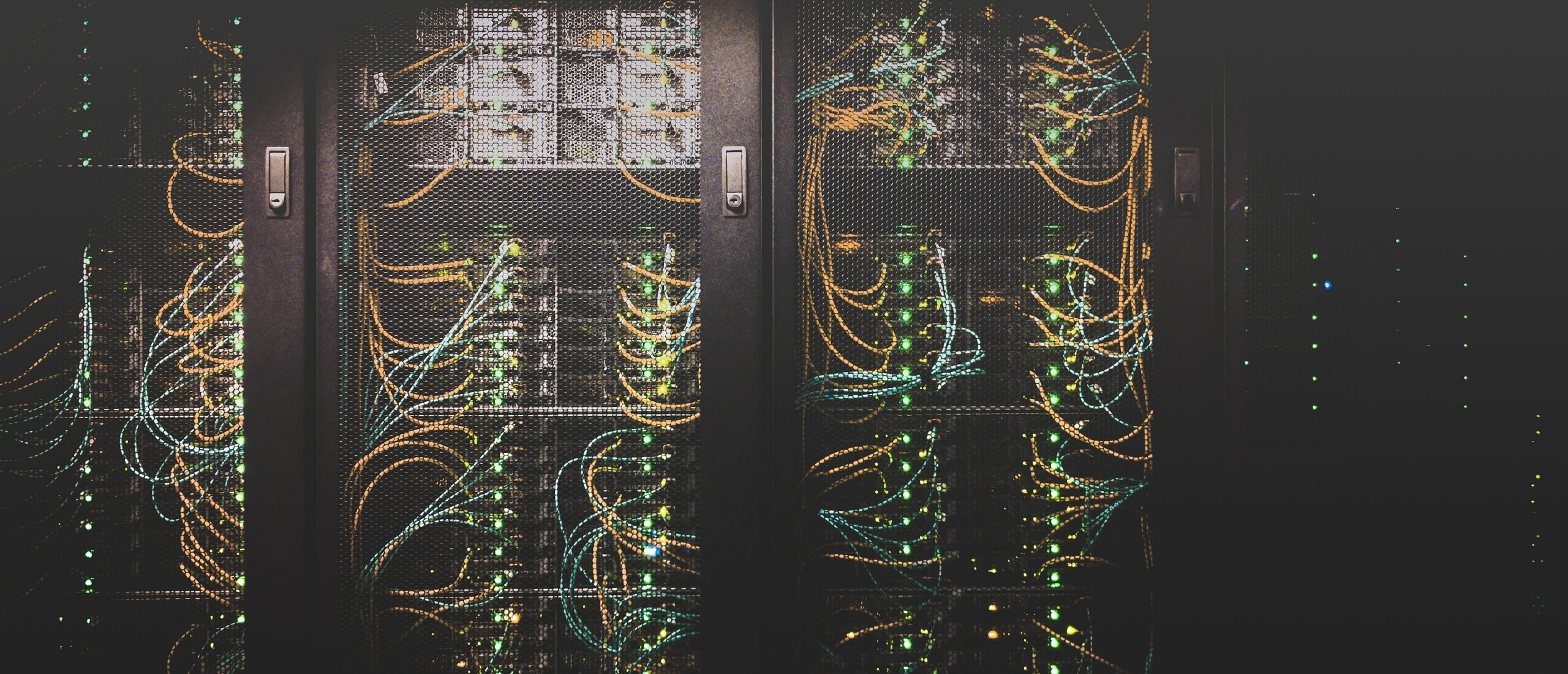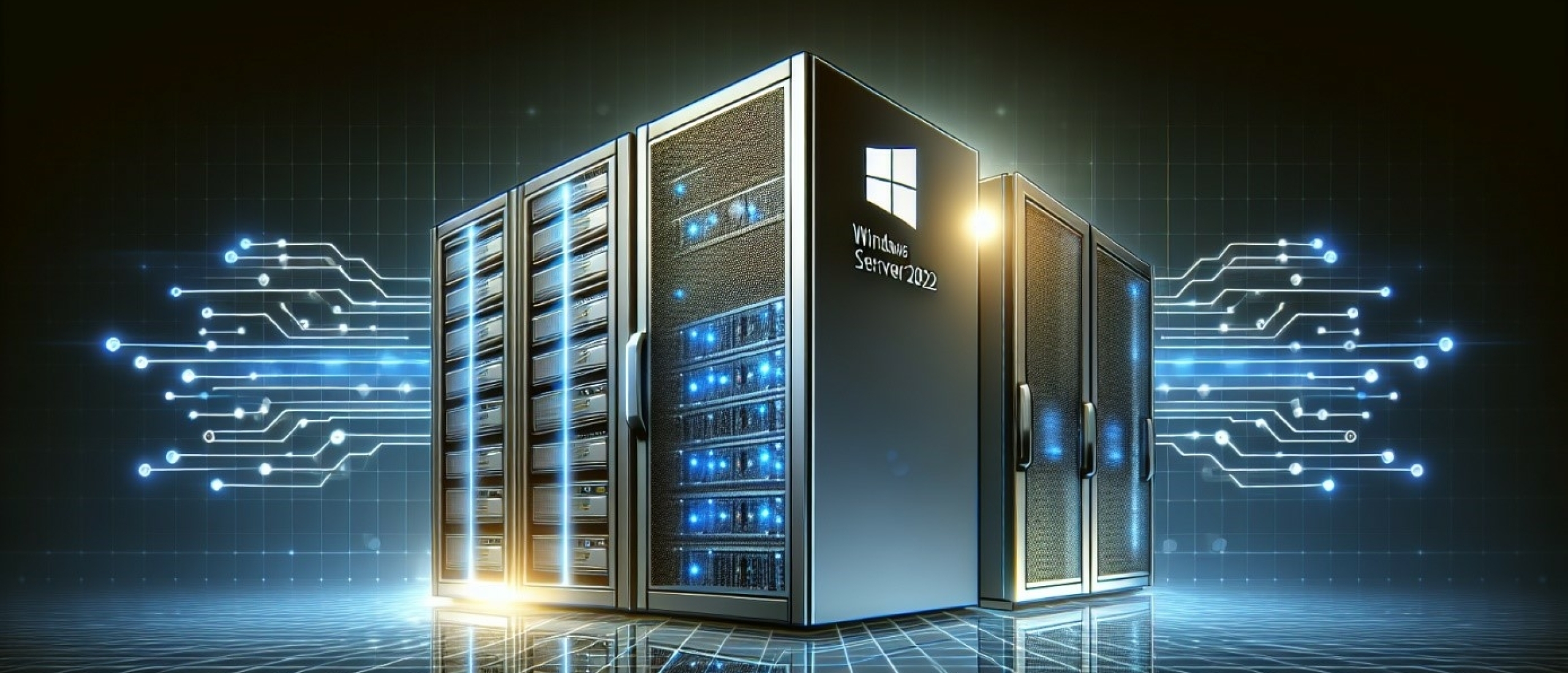
Microsoft's Remote Desktop Protocol (RDP) has been under development for more than 20 years. The RDP consists of the Virtual Desktop Infrastructure (VDI) and the Microsoft Remote Desktop Services (RDS). You can read more about RDS in this article.
Windows RDS explained
Microsoft RDS is a server-based computing technology, this technology runs on Windows Server, and not on your own computer. The idea of RDS is an infrastructure in which the server runs several virtual machines, the user can log in to it, after which the user can get started with some apps. This all happens via one server, so several people can get started with the Remote Desktop Services with one server, we call this resource sharing. There are two different subsets of RDS that you can use. These are RemoteApp and RemoteDesktop. RemoteApp gives the user access to one application, for example Microsoft Powerpoint. Remote Desktop works differently, you have to install the applications yourself (via Windows Server), then the end user can log in to his Windows, and open Microsoft Excel himself. RDS is often seen as a cost-effective work environment due to its resource sharing.
Windows RDS setup
Setting up a Remote Desktop Services environment is a difficult task for many. Setting up and using RDS generally follows the following three steps:
- The RDS network is hosted via a virtual machine, on which the applications to be used must be installed.
- Connect to the server via Remote Desktop Services.
- You are now in the RDS environment, here you can use the pre-installed applications. Multiple users can now log in to the same operating system via PC, smartphone or tablet.
Who is RDS suitable for?
Windows Server Remote Desktop Services can benefit many organizations. Especially in the corona pandemic, a lot of work is done at home, RDS can be a solution here. The home workers can log in to RDS via their own laptop, computer, telephone or tablet and get to work. It can be cost-effective for many organizations to start using RDS through resource sharing. Resource sharing means that Windows RDS distributes the hardware and bandwidth among the logged-in systems. Suppose 10 people are logged in to an RDS application, then 10% of all hardware is distributed to each system. If a user needs more resources, the administrator can give this to the user at the expense of the resources of other users.
Learn more about Windows Server Remote Device Services 2022 vs. 2019.
RDS Licensing, User CALs, Device CALs and RDS CALs
The number of virtual machines you get with your Windows Server depends on the edition you have purchased, you can read more about the different Windows Server licenses here. CAL stands for 'Client Access License', which means that this license provides access to the RDS applications. With User CALs, you pay for every user who gains access via the server. This allows the user to log in via multiple devices. With Device CALs, you pay for each device that gains access to the server. RDS Cals are licenses for server administrators. This is also known as an “External CAL server”.
Read more about RDS 2022 (Device CAL and User CAL) here.
Do you have questions? Contact us!
For more information about which Microsoft software and licenses are best for you, please contact us. We are available from Monday to Friday from 9 a.m. to 5 p.m.


